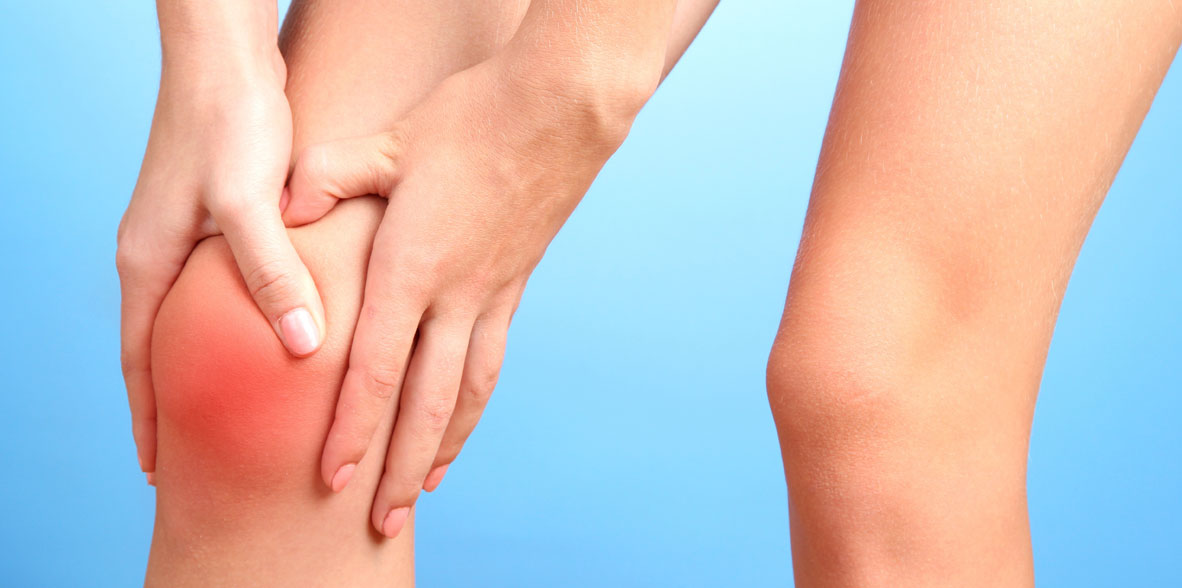

 Centro Médico Teknonen/health-centers/centro-medico-teknon
Centro Médico Teknonen/health-centers/centro-medico-teknon- Centro Médico Teknonen/health-centers/centro-medico-teknonHospital Universitari General de Catalunyaen/health-centers/hospital-universitari-general-catalunya
 Centro Médico Teknonen/health-centers/centro-medico-teknonHospital Universitari Sagrat Coren/health-centers/hospital-universitari-sagrat-cor
Centro Médico Teknonen/health-centers/centro-medico-teknonHospital Universitari Sagrat Coren/health-centers/hospital-universitari-sagrat-cor
Metatarsalgia is a medical condition characterized by pain and inflammation in the metatarsal region of the foot, which is the area just before the toes.
Symptoms:
Pain: The primary symptom of metatarsalgia is pain in the ball of the foot. The pain is often described as a burning or aching sensation and can be sharp or dull.
Swelling: Swelling and inflammation of the affected area may be present.
Tenderness: The metatarsal heads, particularly the second through fourth metatarsals, can be tender to touch.
Discomfort with Weight-Bearing: Pain is typically aggravated when standing, walking, or running, especially while wearing tight or high-heeled shoes.
Calluses or Corns: Over time, calluses or corns may develop on the soles of the feet in response to the increased pressure and friction.
Causes:
Excessive Pressure: High-impact activities, improper footwear, or excessive weight-bearing can place excessive pressure on the metatarsal heads.
Foot Deformities: Conditions such as bunions, hammertoes, or high arches can redistribute weight unevenly on the metatarsal heads.
Inadequate Footwear: Ill-fitting or narrow shoes can force the metatarsal bones together, leading to increased pressure.
Overuse and Repetitive Stress: Athletes, especially runners, are susceptible to metatarsalgia due to the repetitive stress on the forefoot.
Trauma: A direct injury or stress fracture to one of the metatarsal bones can lead to metatarsalgia.
Diagnosis:
Clinical Evaluation: A healthcare provider will perform a physical examination, assessing the affected foot, evaluating the patient's gait, and inquiring about symptoms and possible causes.
Imaging Studies:
X-rays: X-rays may be taken to rule out other causes of foot pain, such as stress fractures or bone abnormalities.
Magnetic Resonance Imaging (MRI): In some cases, an MRI may be recommended to assess soft tissue involvement.
Treatment:
Conservative Management:
Rest: Reducing or modifying weight-bearing activities to alleviate pressure on the affected area.
Footwear Modification: Choosing shoes with proper arch support and cushioning, and avoiding high heels or tight-fitting shoes.
Orthotics: Custom or over-the-counter arch supports or insoles can redistribute pressure on the metatarsal heads.
Padding: Metatarsal pads or cushions can provide additional support and reduce pressure.
Ice: Applying ice to the affected area can help reduce inflammation and pain.
Medications: Nonsteroidal anti-inflammatory drugs (NSAIDs) may be recommended to manage pain and inflammation.
Physical Therapy: A physical therapist can provide exercises to strengthen foot muscles and improve balance.
Corticosteroid Injections: In cases of severe pain and inflammation, corticosteroid injections may be considered.
Surgical Interventions: Surgery is typically reserved for cases that do not respond to conservative treatments and may involve procedures to realign bones, correct deformities, or remove damaged tissue.



































